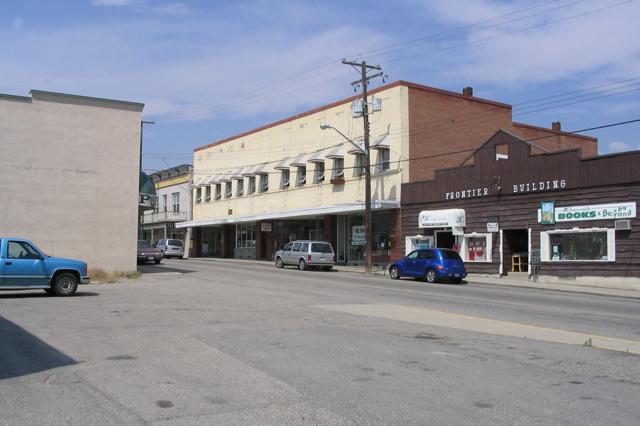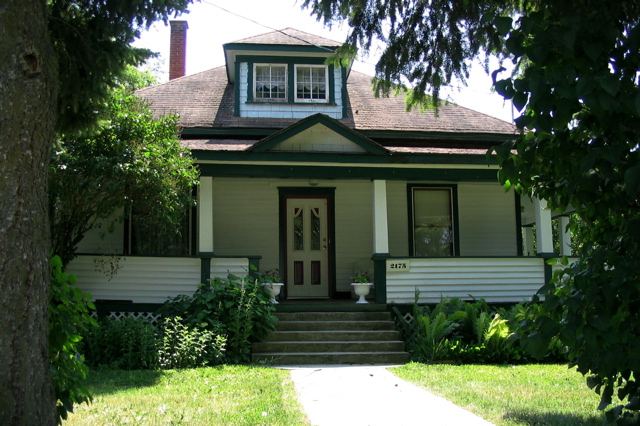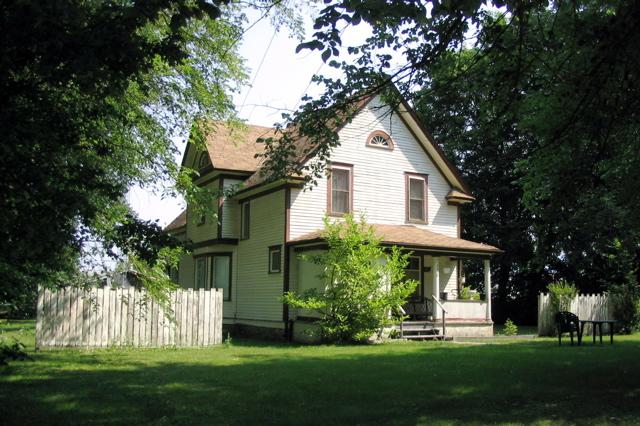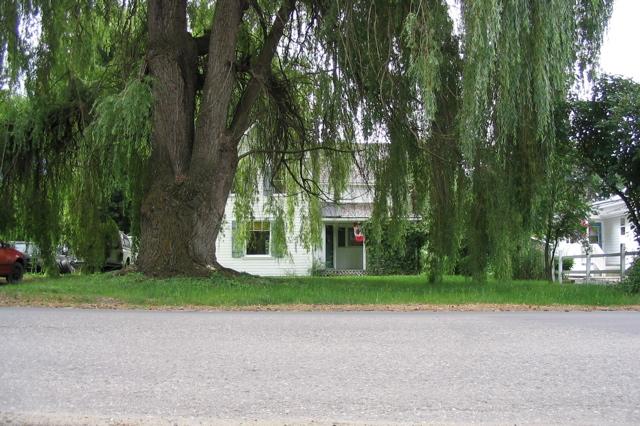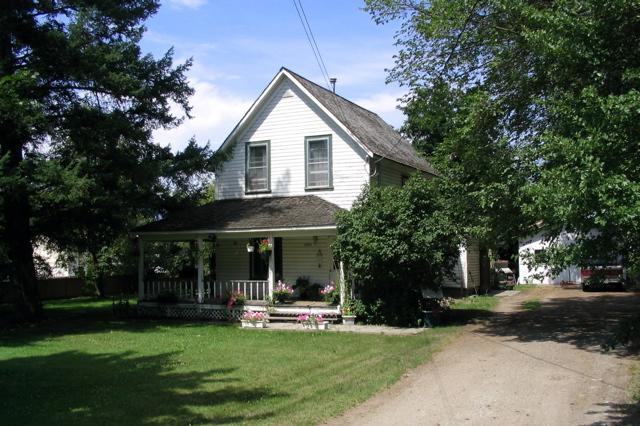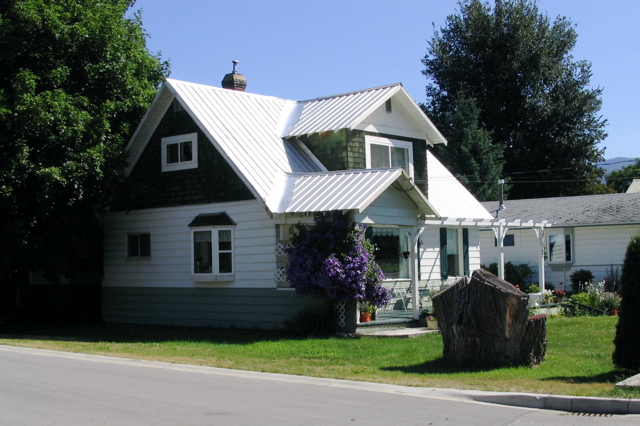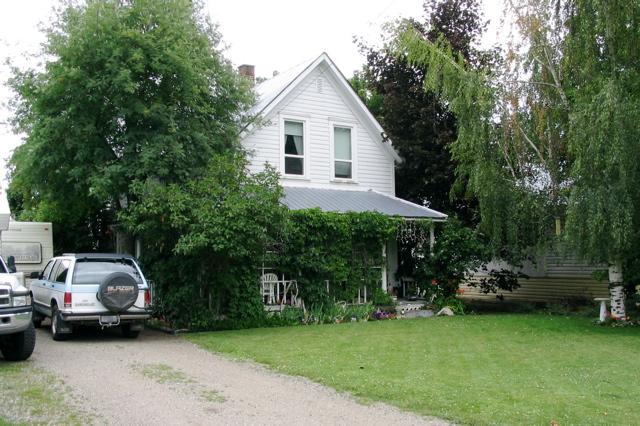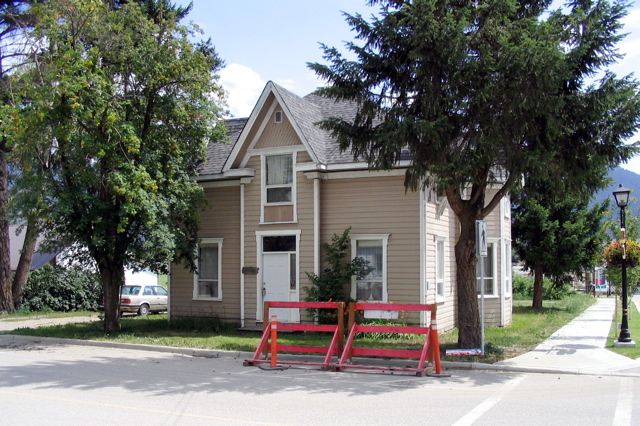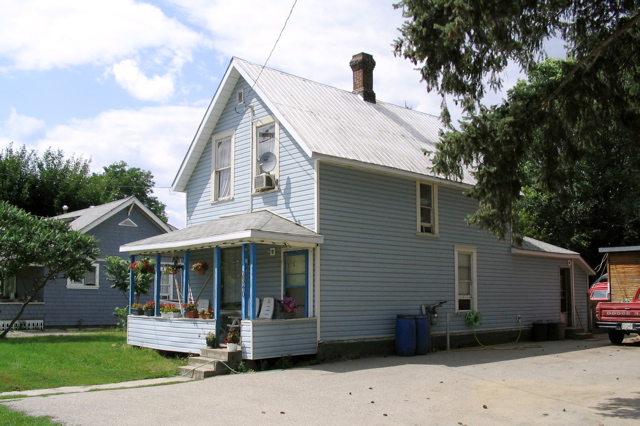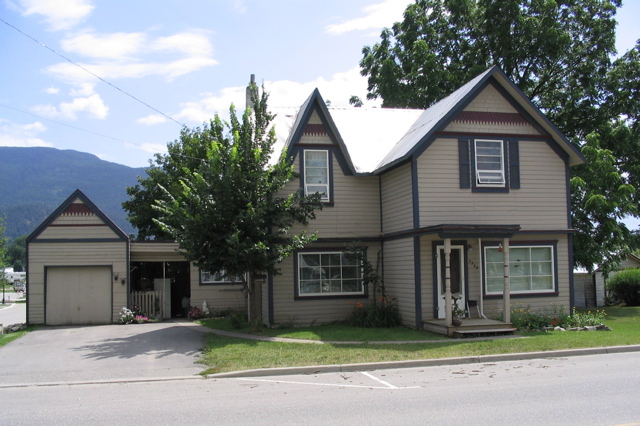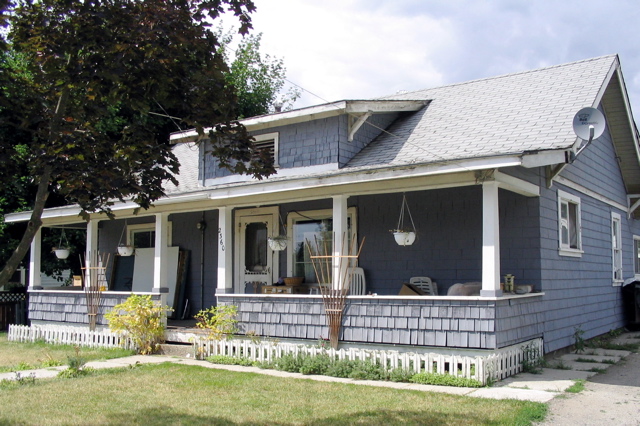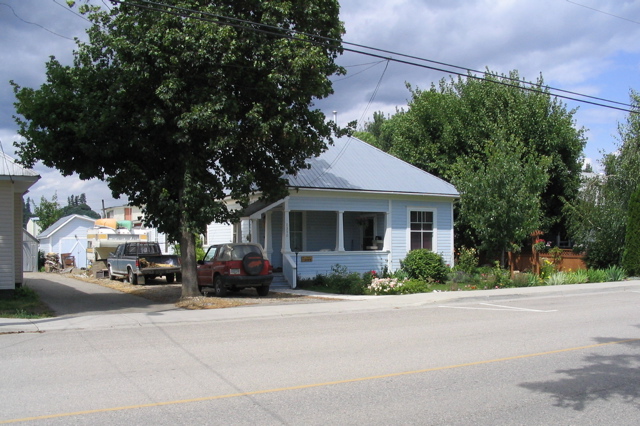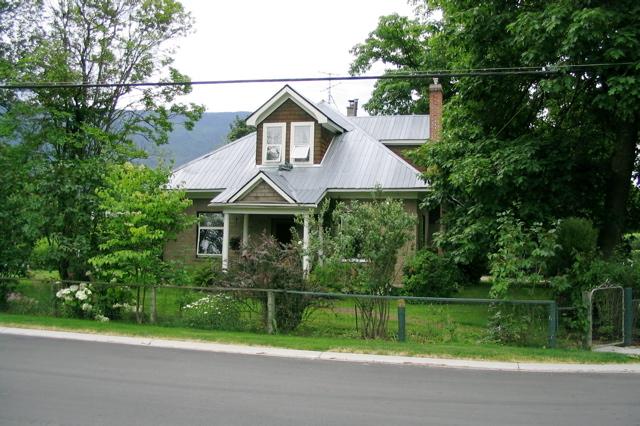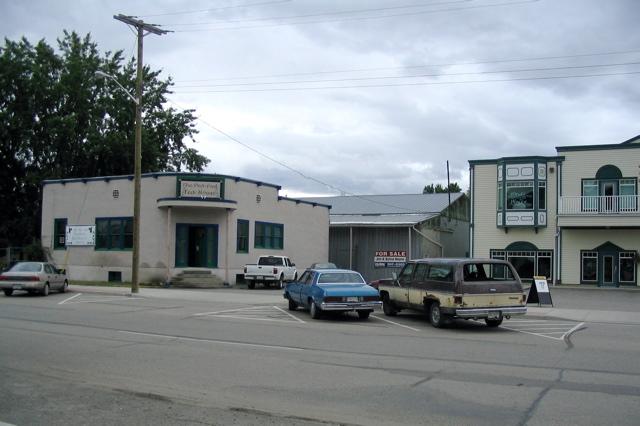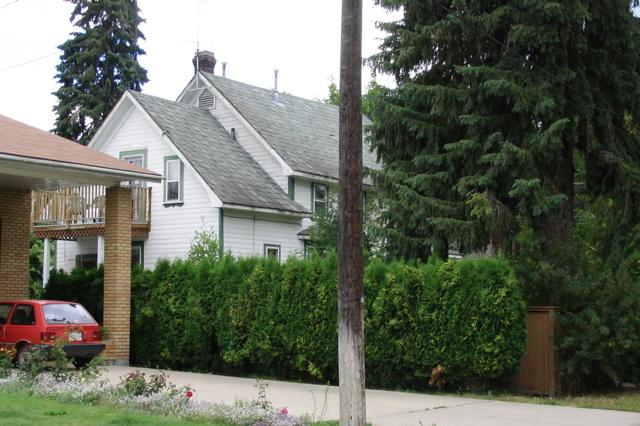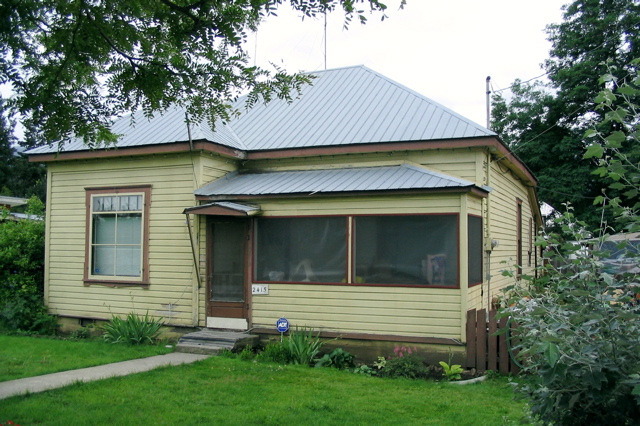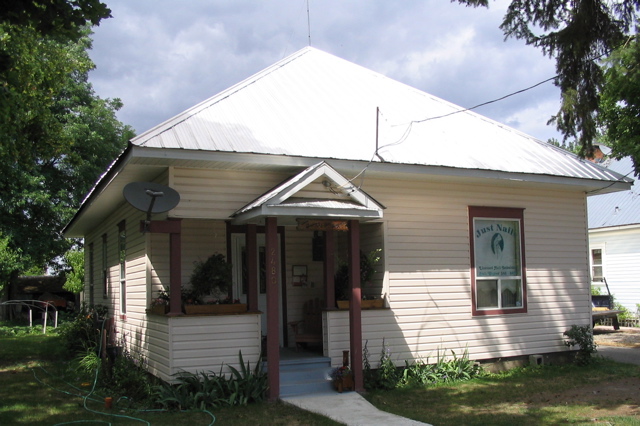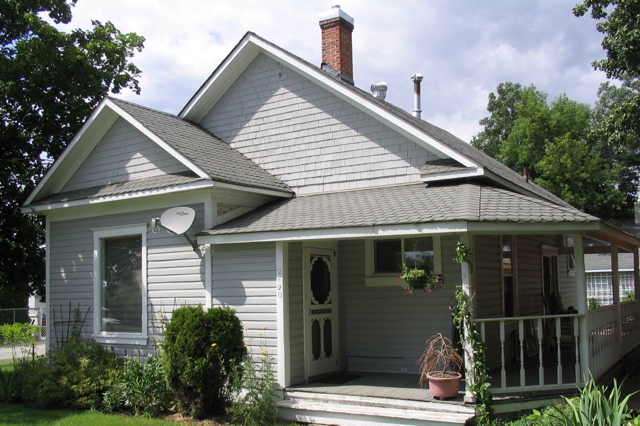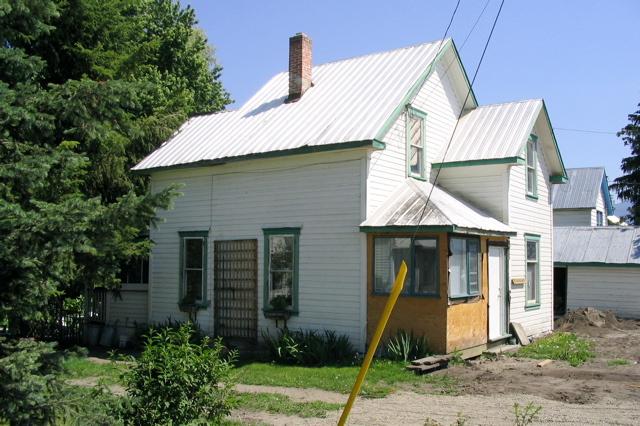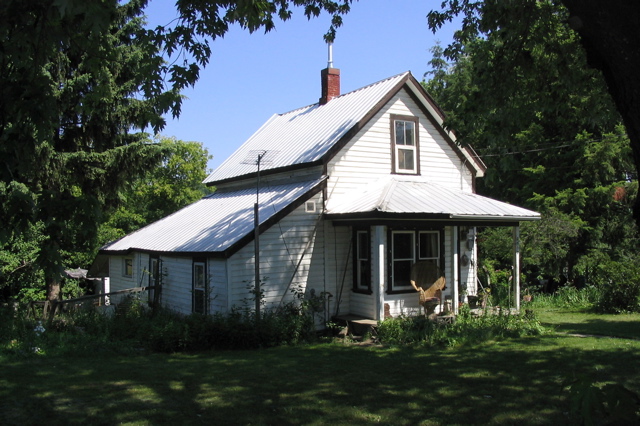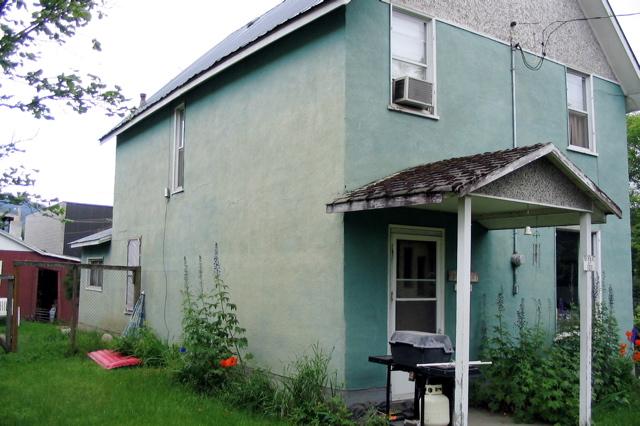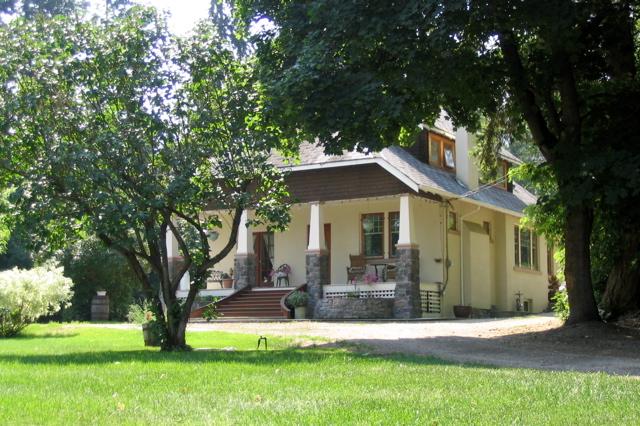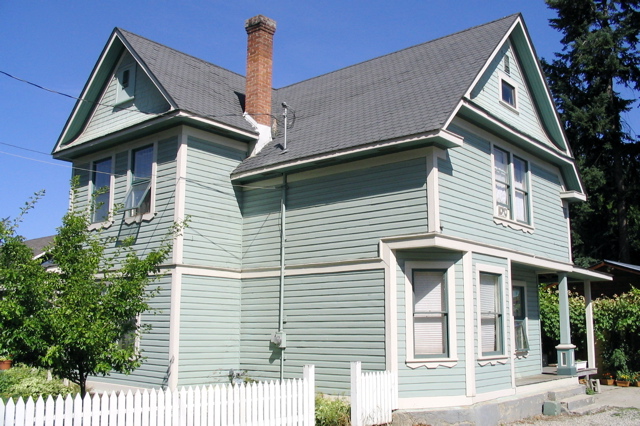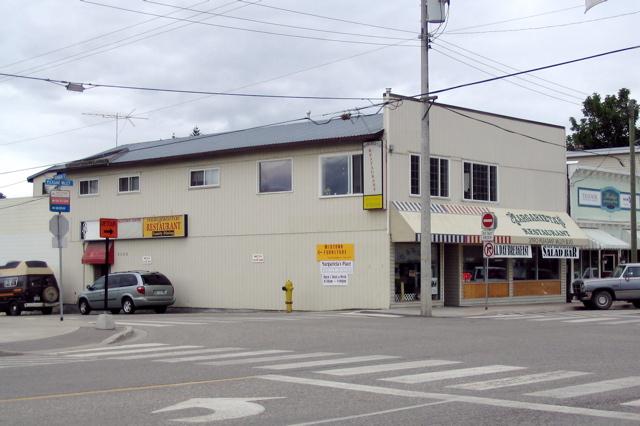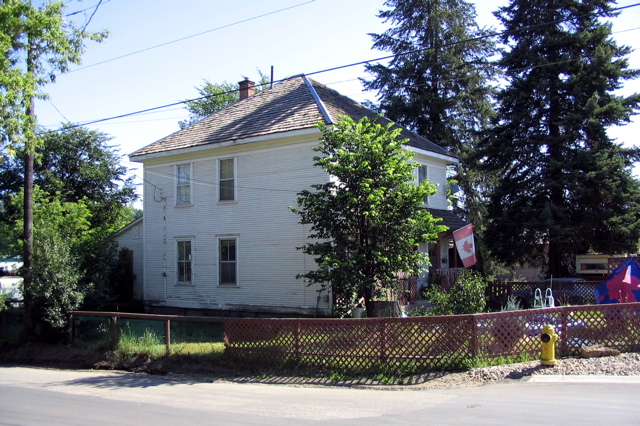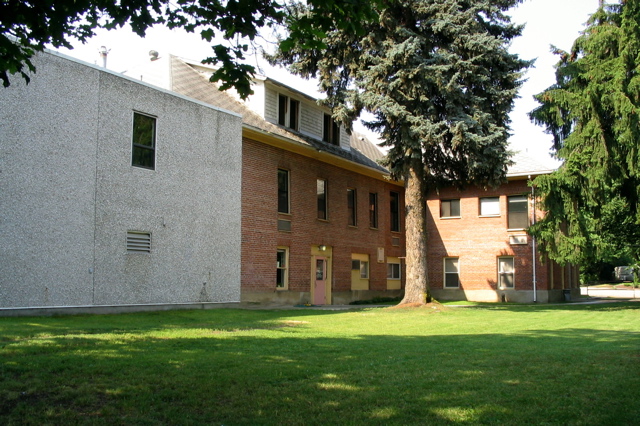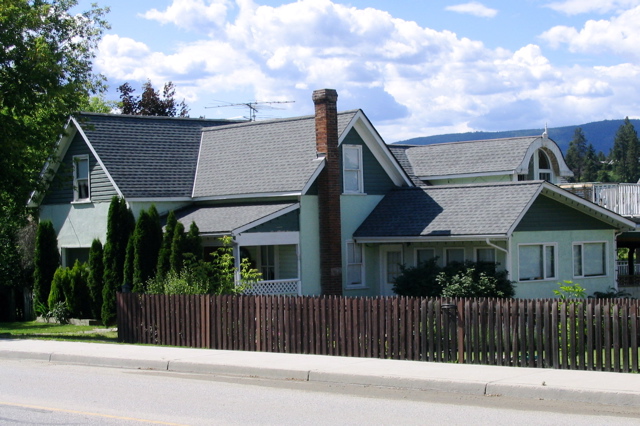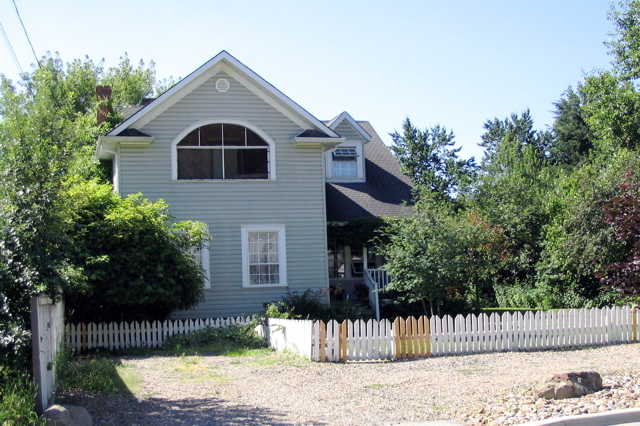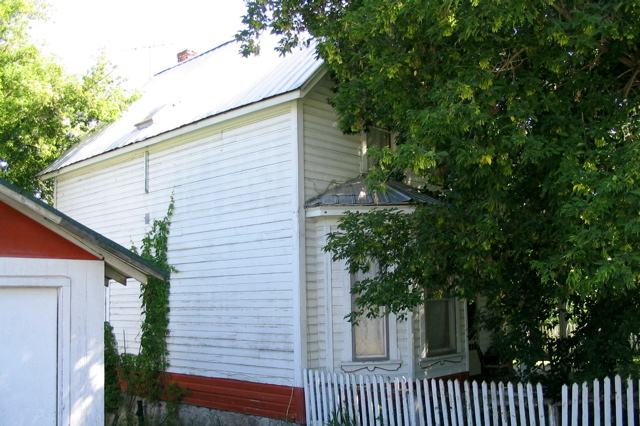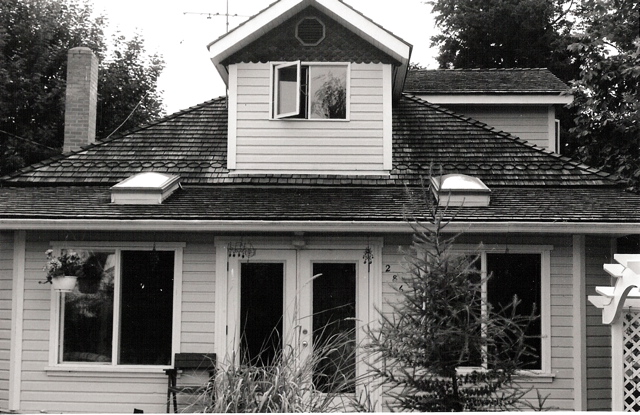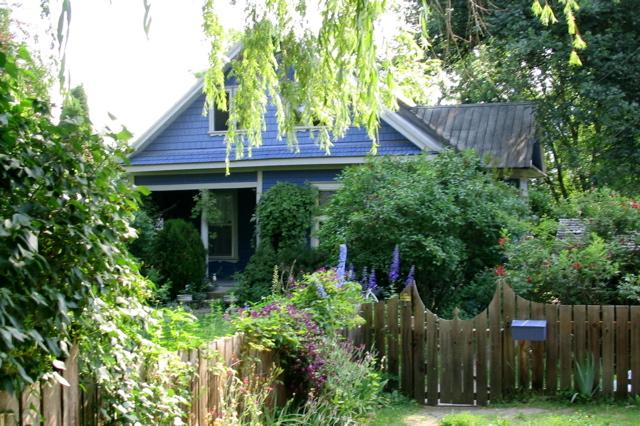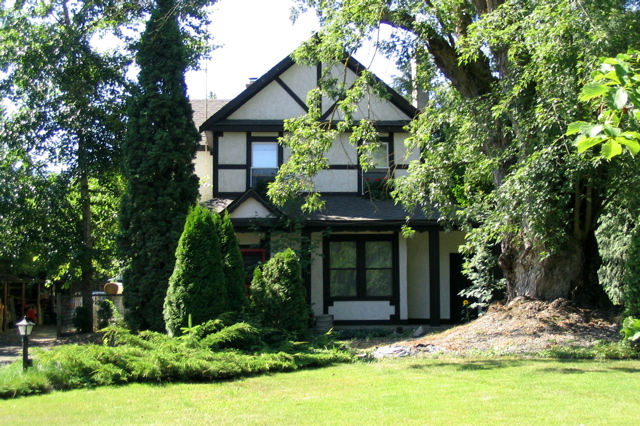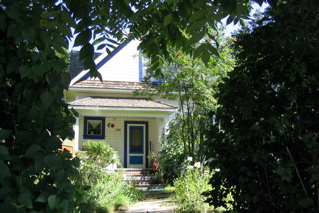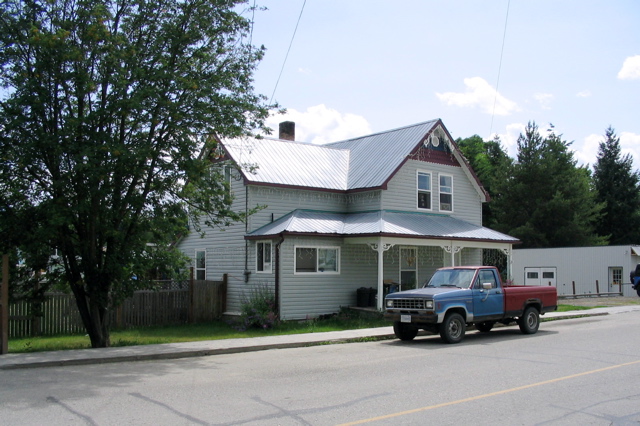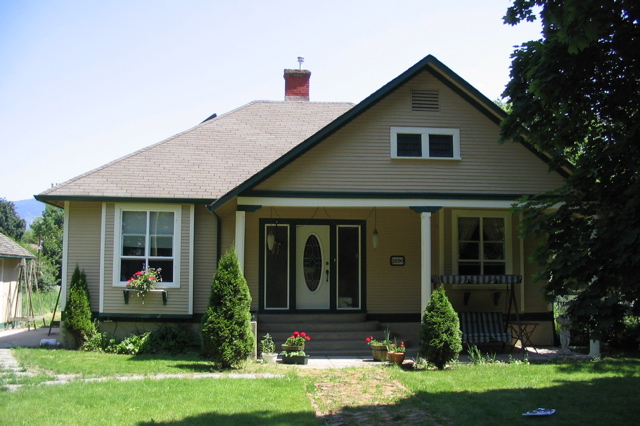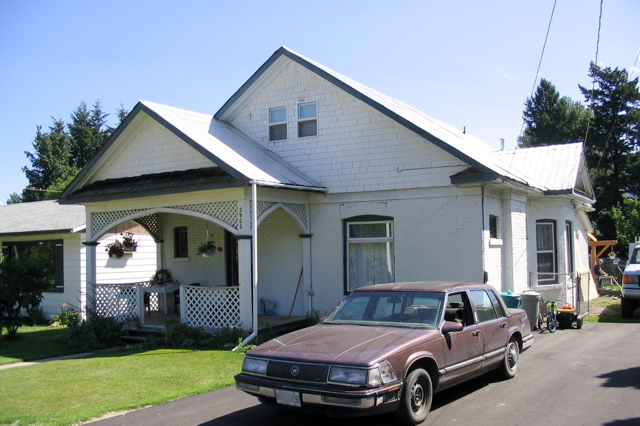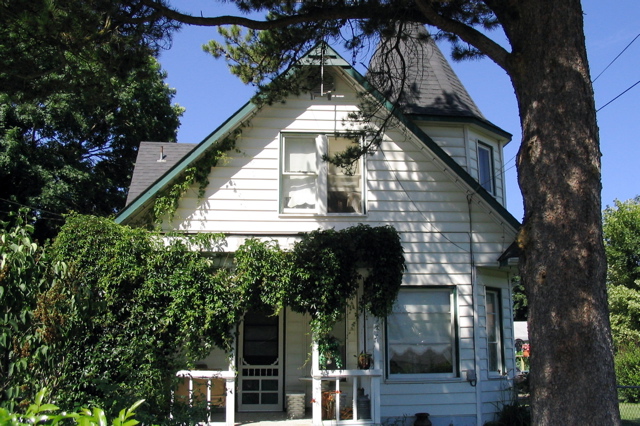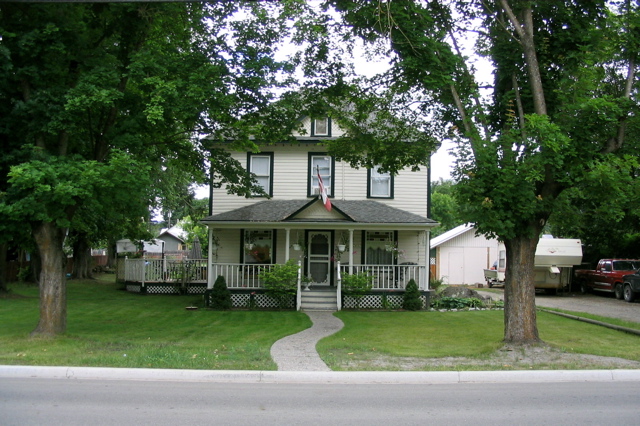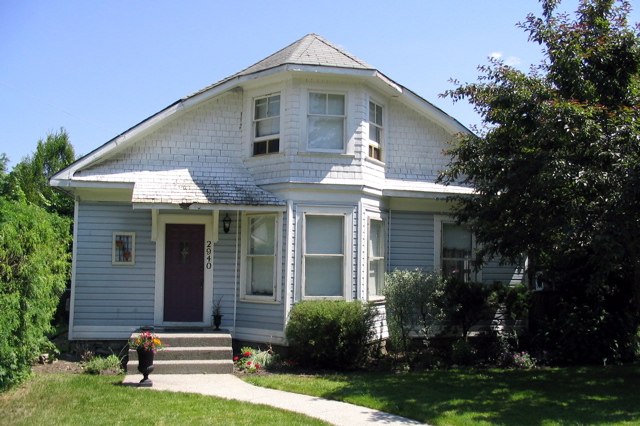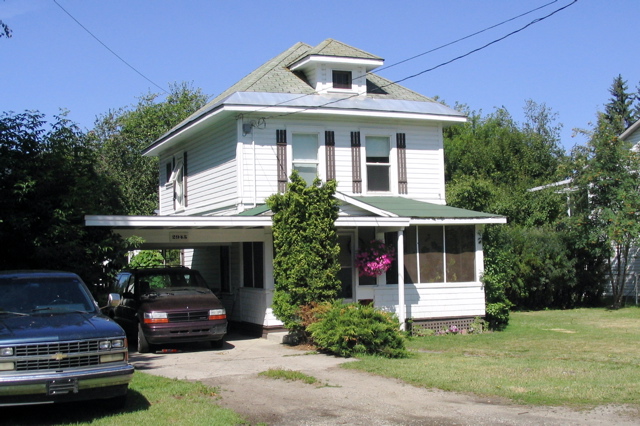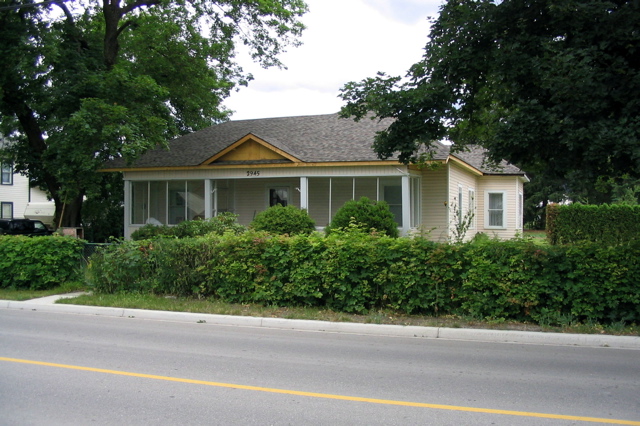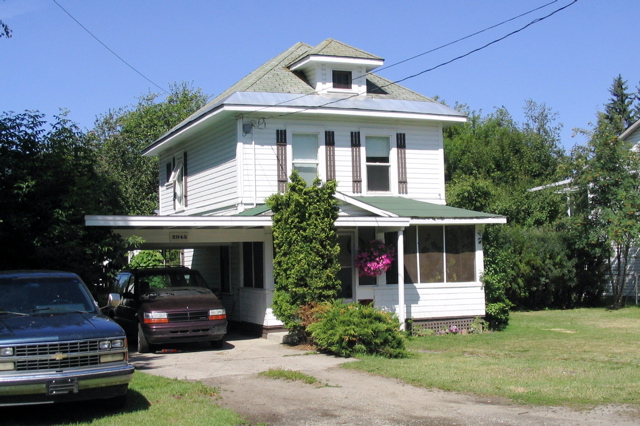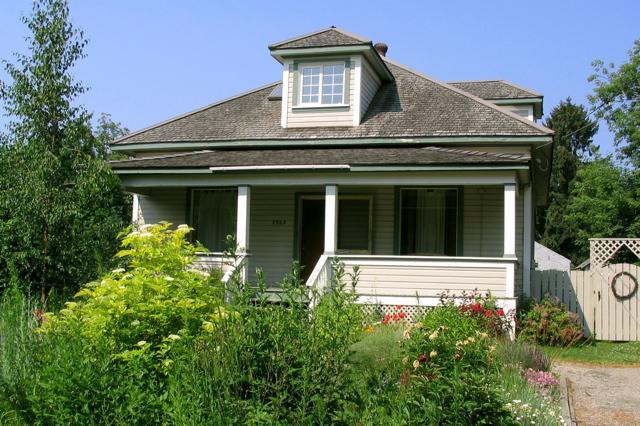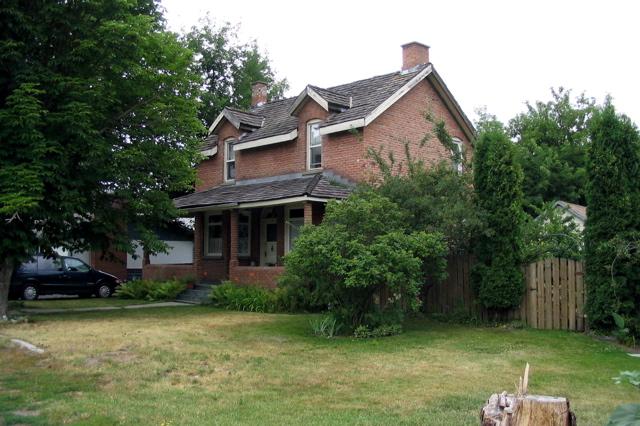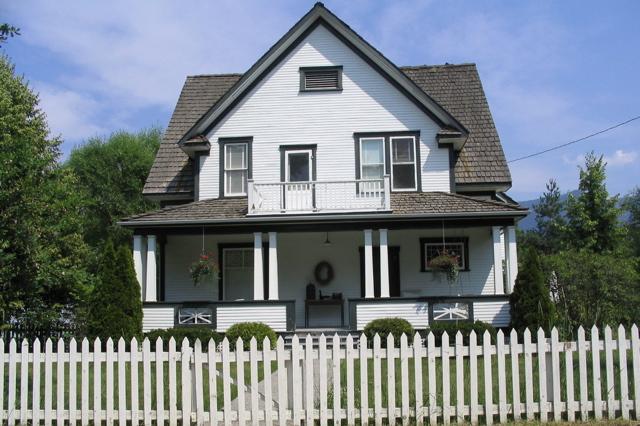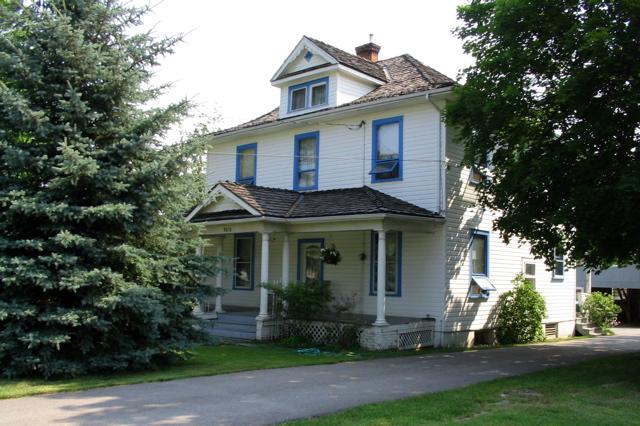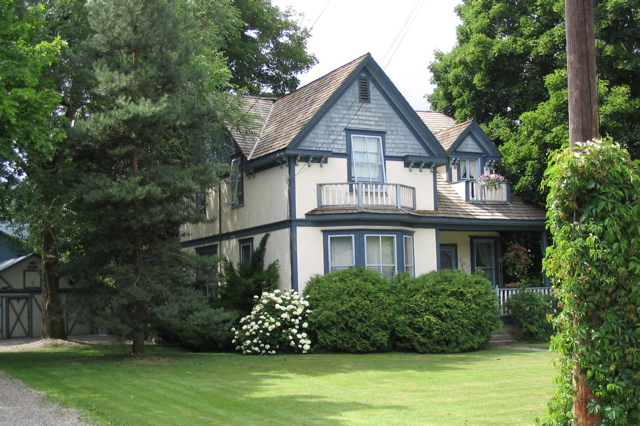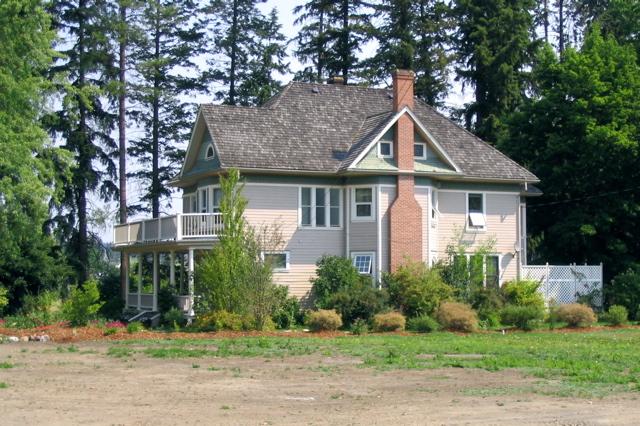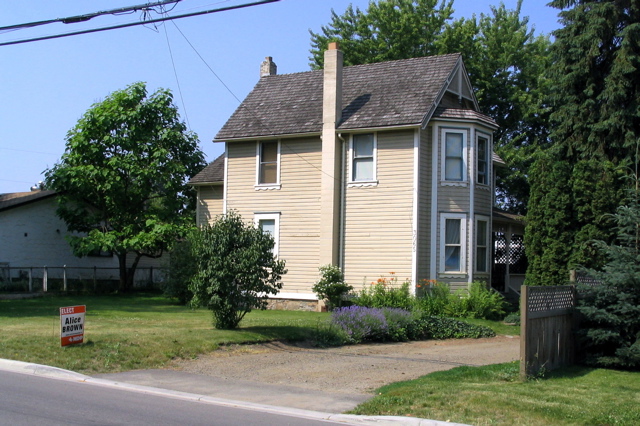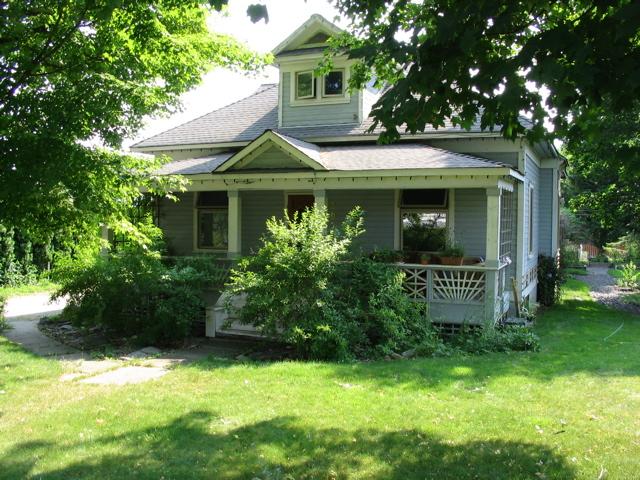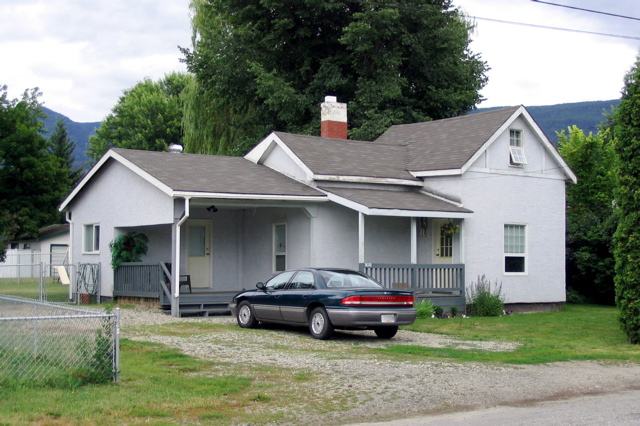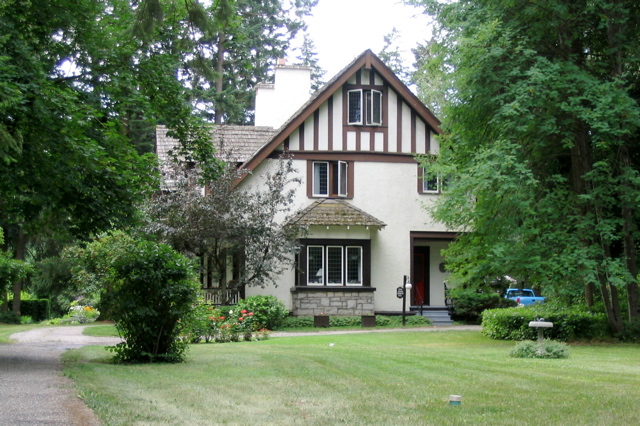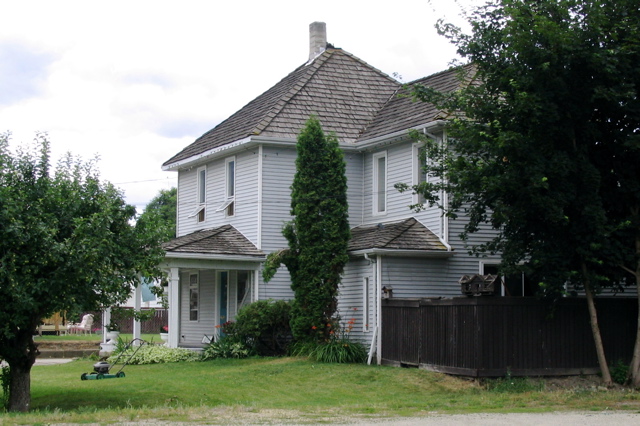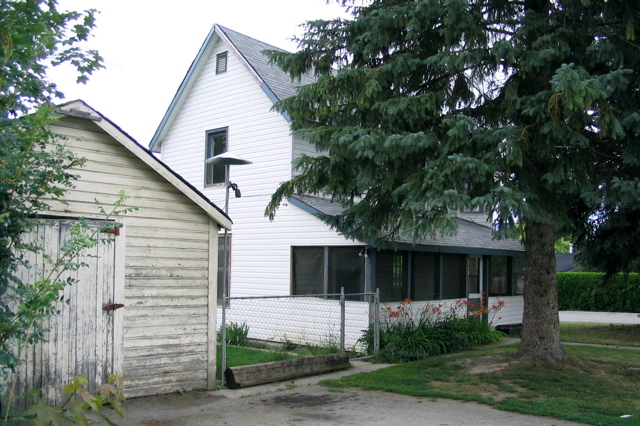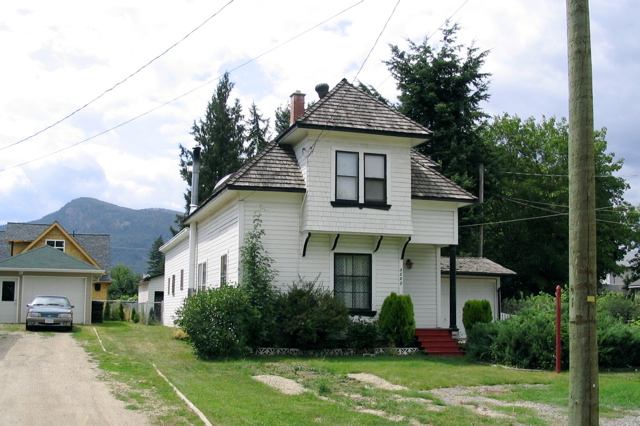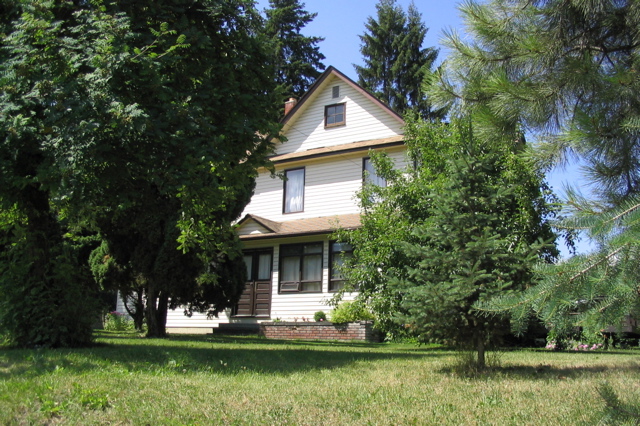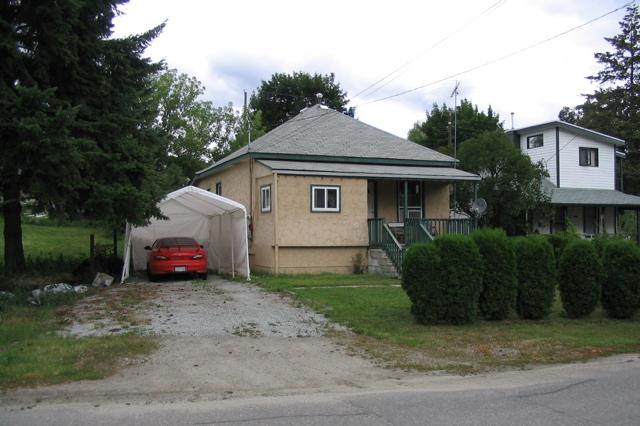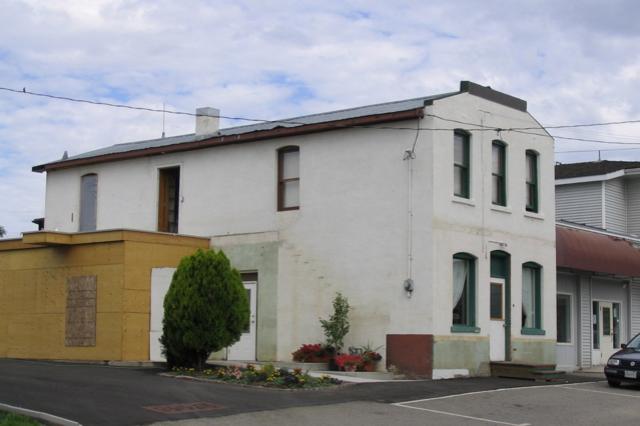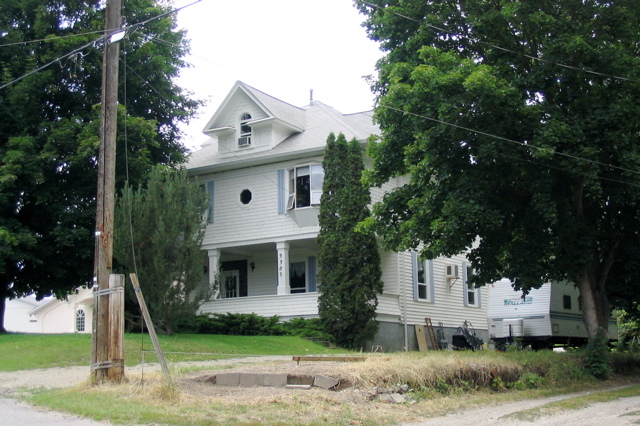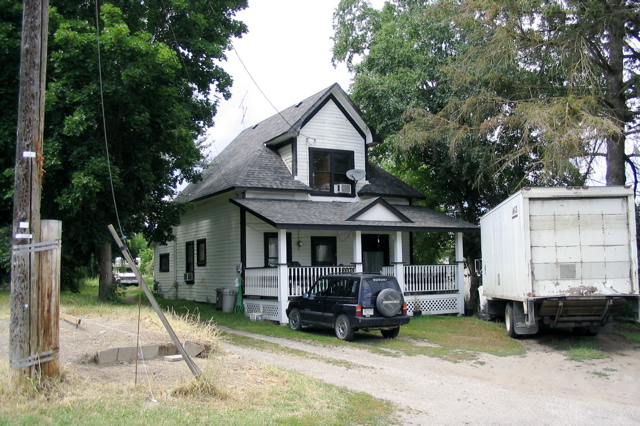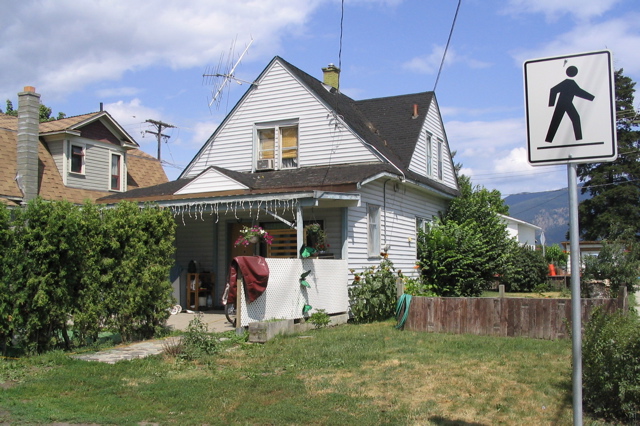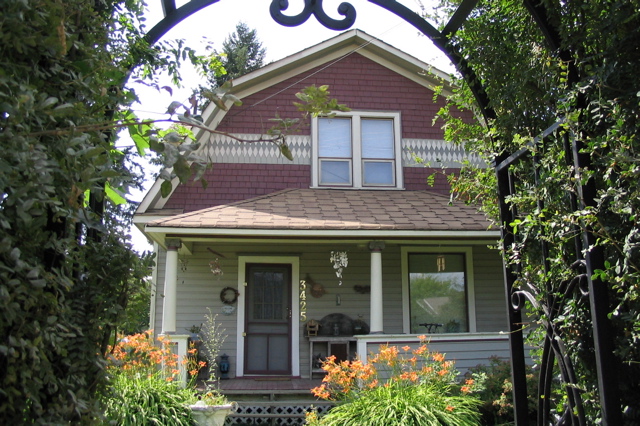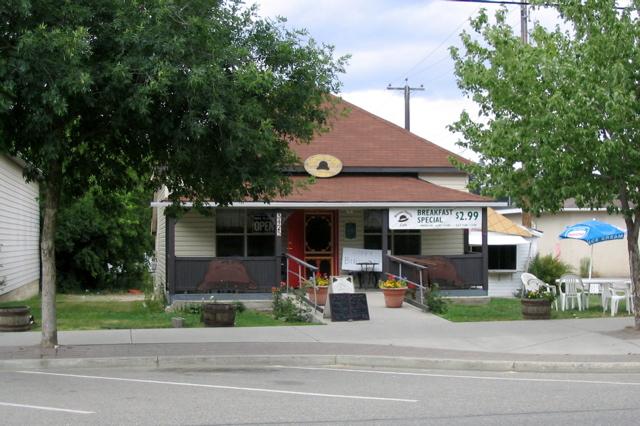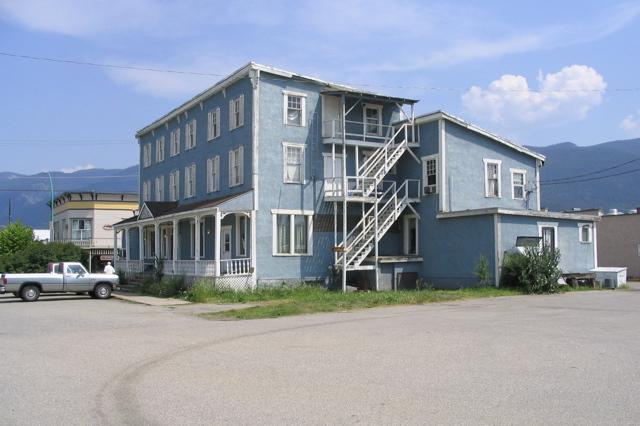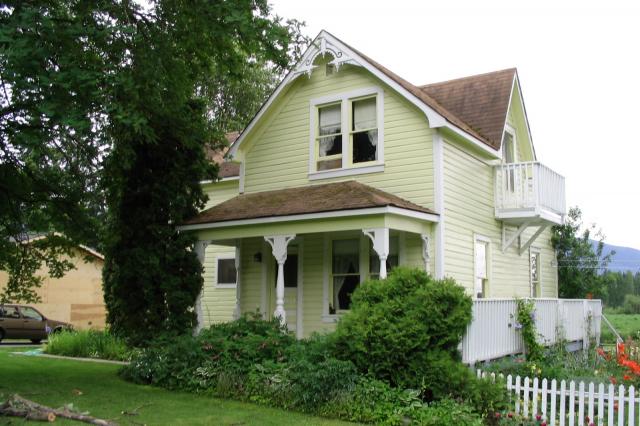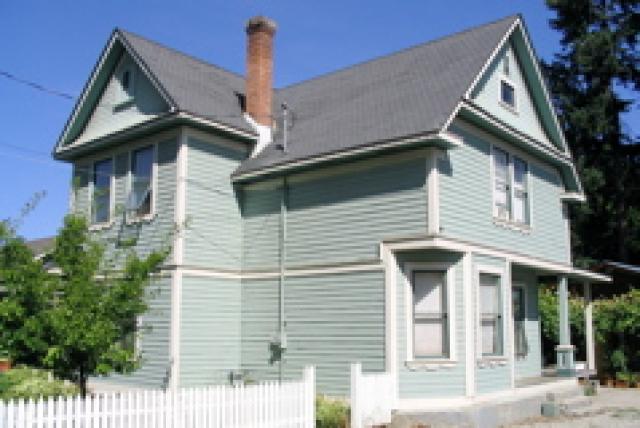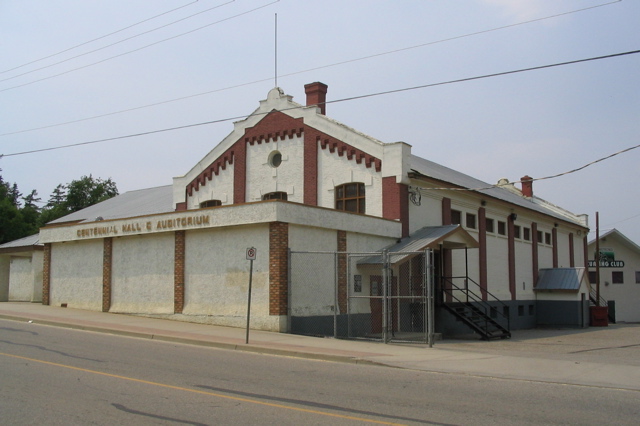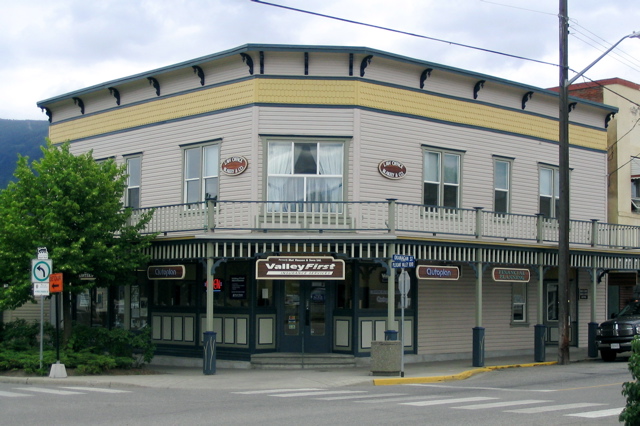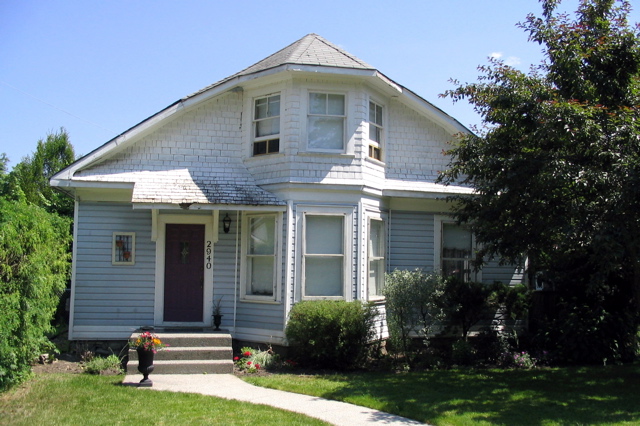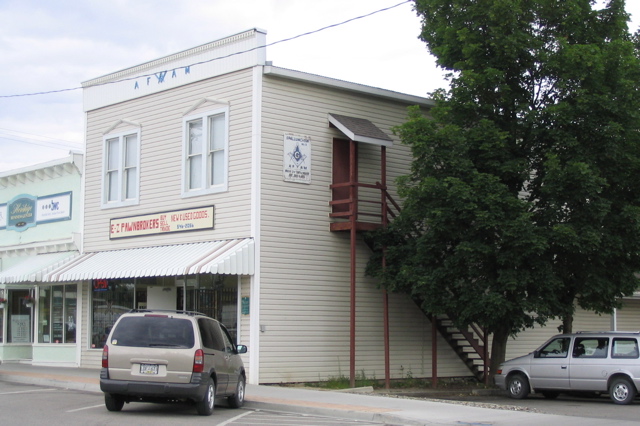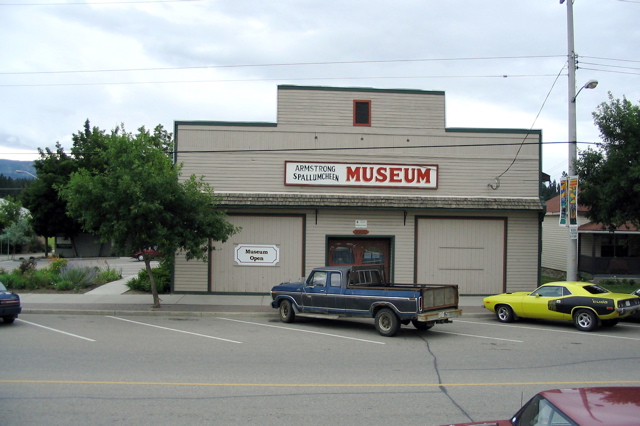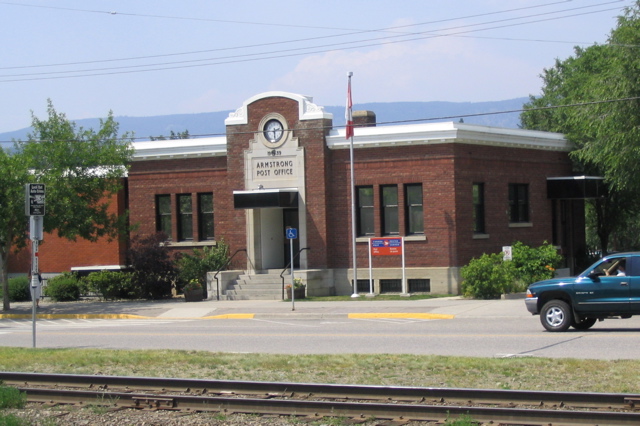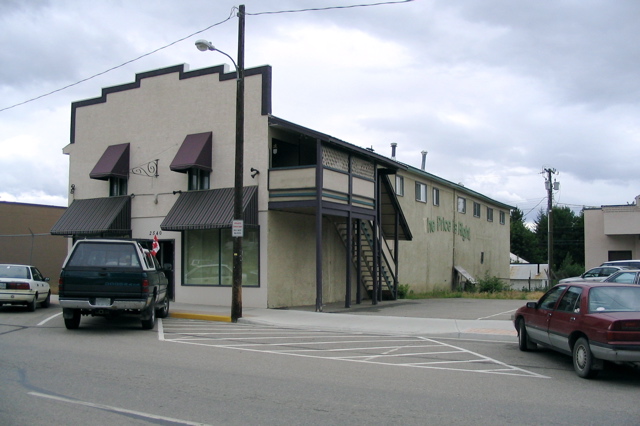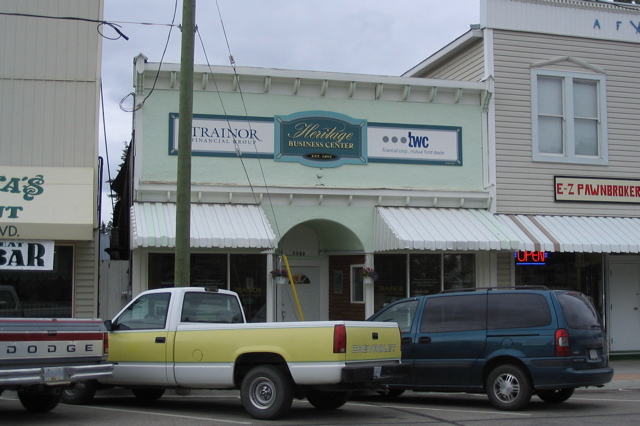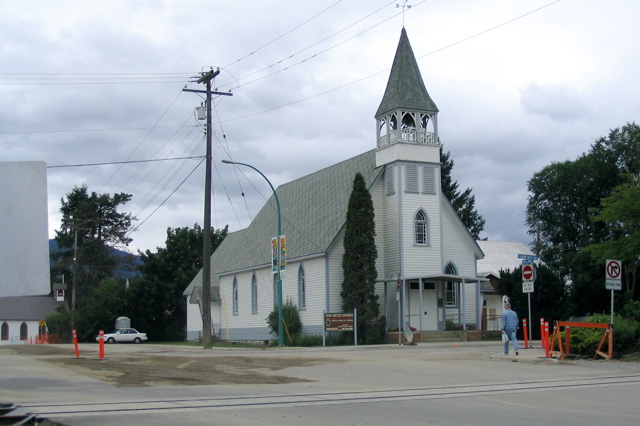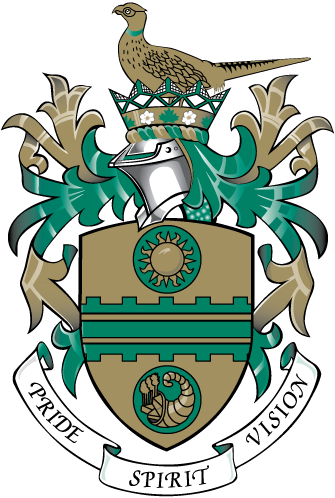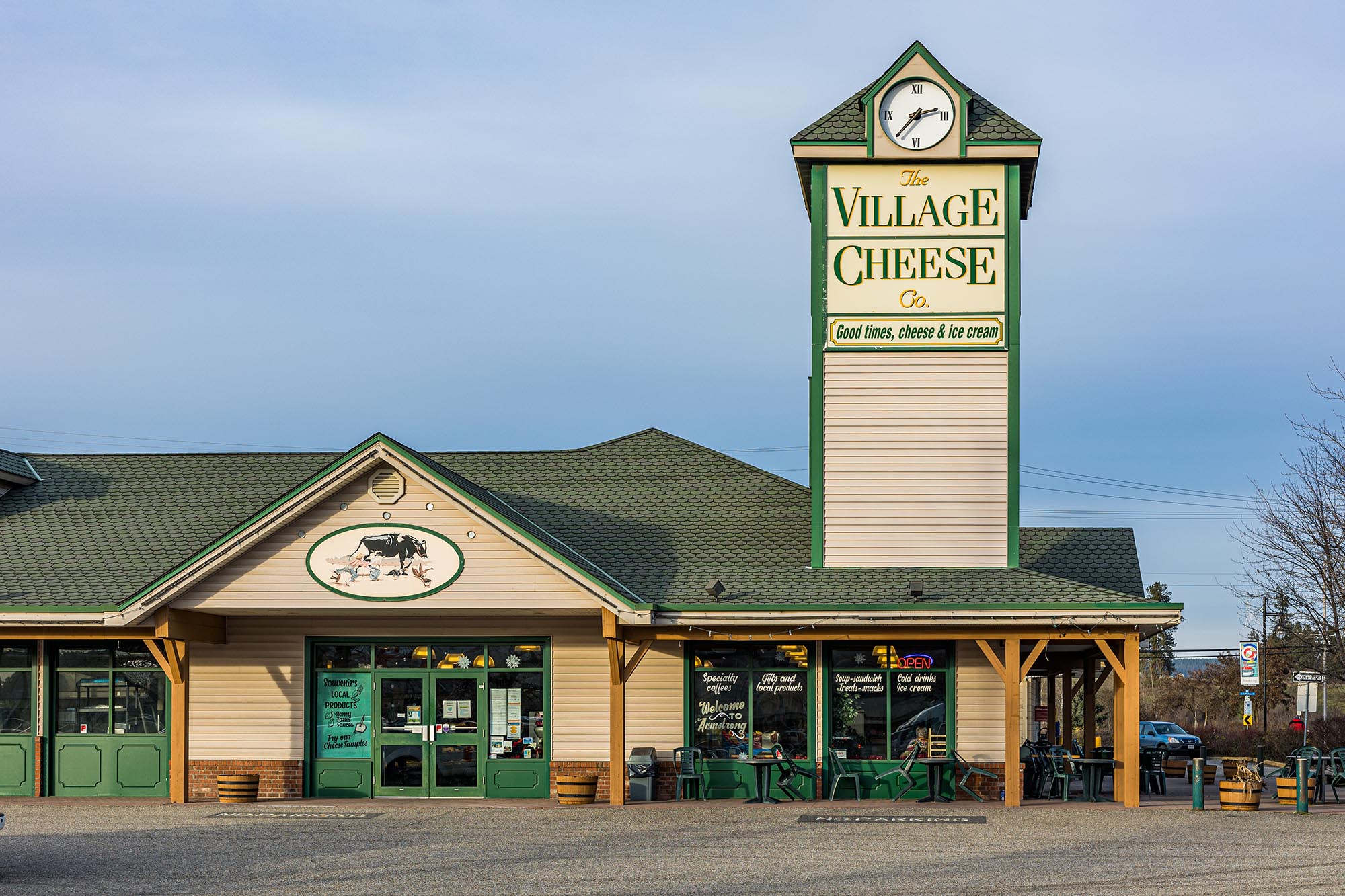City History
In 1885 William Charles Heaton-Armstrong started a private bank and arranged a successful issue of bonds for the Shuswap and Okanagan Railway. The town was later named for him, and when work was completed on the Railway in 1892, it consisted of a lone boxcar that served as a station and home for the rail agent. As one pioneer remarked, “Apart from the box car, there was just willows and swamp.”
Citizens of Lansdowne, the largest settlement in Spallumcheen, migrated to resettle on the tracks. The Lansdowne community packed up structures and their belongings, and relocated to the railway and Armstrong. Today the only standing testimony of this once sprawling western town is the old Lansdowne cemetery.
Armstrong was incorporated as a City Municipality on March 26, 1913.
Armstrong Spallumcheen Museum
Fortunately, much of the history of the first pioneers has been recorded by the Armstrong Spallumcheen Museum and Art Gallery as well as the O’Keefe Ranch. The City of Armstrong encourages residents to visit the Armstrong Spallumcheen Museum and Art Gallery for historic evidence as well as contacting the Heritage Advisory Committee.
History from the Armstrong Clan Society of William Charles Heaton-Armstrong can be located via the official website.
The Heritage Inventory and Heritage Registry
The City of Armstrong Heritage Resource Management Plan was prepared in July 1993. Along with it, the Heritage Resource Inventory was created – an unofficial inventory of properties that are of historic interest. The Heritage Inventory includes information on more than 70 properties that were built prior to 1930 and which have heritage qualities. The listings include reports on architecture, resident history, and photographs from past and present.
Consideration is given for buildings that represent outstanding craftsmanship, have specific historical relevance including a figure or event, exemplify a specific architectural style unique to the area, illustrate a particular time period in the history of the City of Armstrong, or showcase the development of a city over time.
The Registry
The Community Heritage Registry (CHR) was enacted by Council resolution on February 12, 2007. Heritage designation is a method of legally protecting and conserving heritage properties, and buildings can be classified by heritage value or heritage character. The properties in the listing were designated heritage through bylaws that aim to legally protect and conserve heritage importance in the community.
Guidelines for Heritage Designation
Heritage designation is a method of legally protecting and conserving heritage properties.
For more information, click here to view an article written by Ben McMahen, that was included in the Summer 2004 issue of the Heritage B.C. Newsletter.
Guidelines for Heritage Alterations
Heritage Alteration Permits are required for the following actions, however reasonable requests that are in keeping with the heritage character of the building and are consistent with the purpose for heritage protection of the property are not likely to be refused. Interior renovations can be carried out without any alteration permits.
– Altering the exterior of the building
– Making a structural change to the building
– Moving the building
– Altering, removing or damaging a protected landscape features
Heritage Alteration Permits
Heritage Alteration Permits are required for altering the exterior of the building, making a structural change to the building, moving the building, or altering, removing or damaging a protected landscape feature. Get more information here.
Heritage Colour Palette
These colours were taken from the original Heritage buildings in Armstrong B.C. and are part of Benjamin Moore’s Heritage Collection.
Heritage Grant Program
Once you have received heritage designation you could be eligible for funds to assist in the preservation, maintenance and restoration of your heritage buildings. Information about the Heritage Grant Program can be found here.
Armstrong’s Heritage Properties
Please submit updated photos of your property to info@cityofarmstrong.bc.ca
